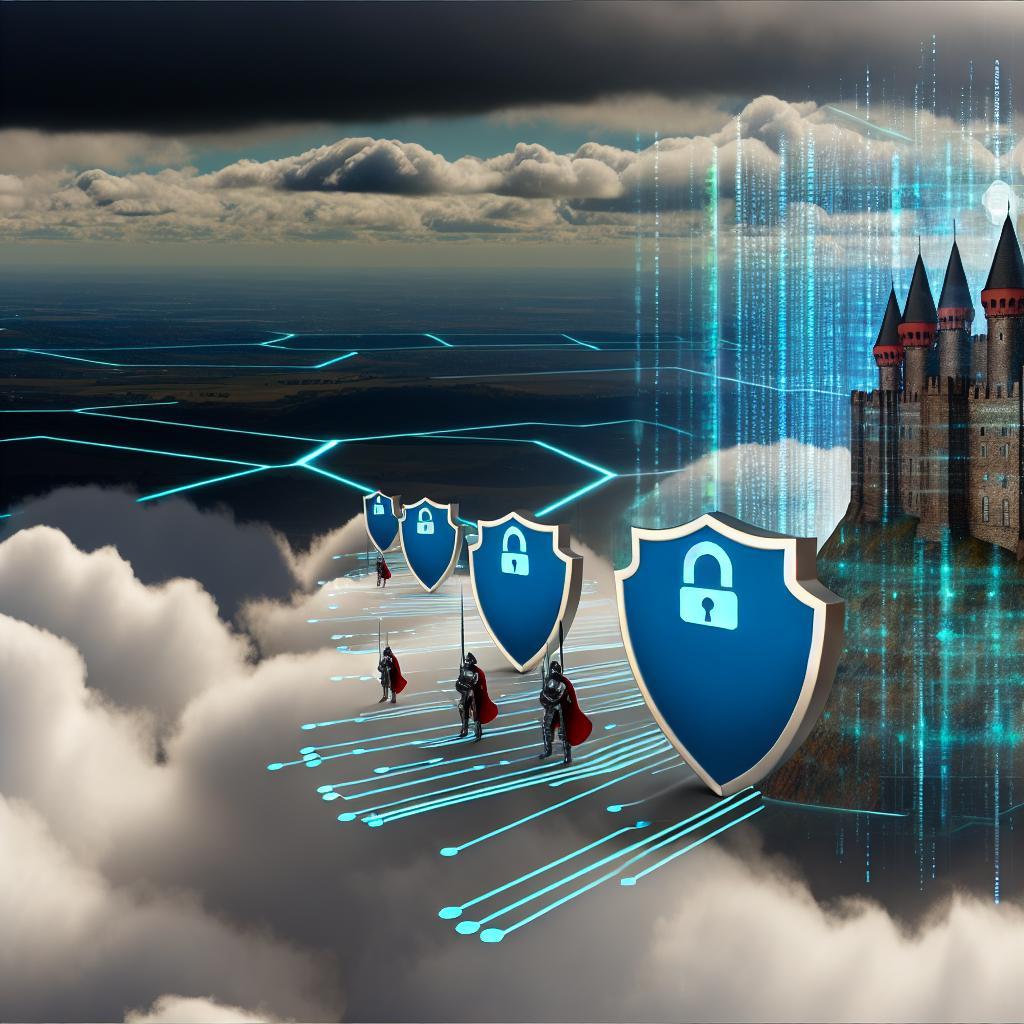– What are the key components of an effective incident response plan?
Title: Incident Response: A Comprehensive Guide to Handling Cybersecurity Threats
Introduction:
In today’s digital age, cybersecurity threats are becoming increasingly common and sophisticated. It is crucial for organizations to have a solid incident response plan in place to effectively mitigate and manage the impact of security incidents. Incident response refers to the process of detecting, analyzing, and responding to cybersecurity incidents in a timely and efficient manner. In this article, we will explore the importance of incident response, key steps in developing an effective incident response plan, and practical tips for handling cybersecurity threats.
The Importance of Incident Response:
In the event of a cybersecurity incident, a well-planned and executed incident response plan can make the difference between a minor disruption and a major data breach. Here are some key reasons why incident response is essential for organizations:
– Quick and effective response: Incident response helps organizations respond promptly to security incidents, minimizing their impact and preventing further damage.
– Regulatory compliance: Many industry regulations require organizations to have an incident response plan in place to protect sensitive data and comply with legal requirements.
– Reputation management: A robust incident response plan can help maintain trust and credibility with customers, partners, and stakeholders by demonstrating a proactive approach to cybersecurity.
- Cost savings: Detecting and resolving security incidents quickly can prevent costly data breaches, legal fines, and reputation damage.
Key Steps in Developing an Effective Incident Response Plan:
Developing an incident response plan involves several key steps that organizations should follow to effectively respond to cybersecurity incidents. Here are some essential components of an incident response plan:
1. Preparation: Establish roles and responsibilities, identify key stakeholders, and conduct regular training and simulations to ensure all team members are prepared to respond to security incidents.
2. Detection and Analysis: Implement tools and technologies to monitor network traffic, detect security threats, and analyze the scope and impact of security incidents.
3. Containment and Eradication: Take immediate steps to contain the security incident, prevent further damage, and eradicate the threat from the network.
4. Recovery: Restore affected systems and data from backups, implement security patches, and conduct post-incident analysis to identify lessons learned and improve the incident response process.
5. Communication: Keep stakeholders informed throughout the incident response process, including employees, customers, partners, regulators, and law enforcement agencies.
Practical Tips for Handling Cybersecurity Threats:
Here are some practical tips for organizations to enhance their incident response capabilities and effectively manage cybersecurity threats:
1. Stay updated on emerging threats: Monitor cybersecurity trends, stay informed about the latest threats and vulnerabilities, and proactively implement security controls to mitigate risks.
2. Regularly update security measures: Keep software, applications, and security systems up to date with the latest patches and updates to prevent known vulnerabilities from being exploited.
3. Implement multi-factor authentication: Use multi-factor authentication to add an extra layer of protection to user accounts and prevent unauthorized access to sensitive data.
4. Backup critical data: Regularly back up critical data and store backups in a secure location to ensure quick recovery in the event of a data breach or ransomware attack.
5. Engage with cybersecurity experts: Partner with cybersecurity experts, threat intelligence providers, and incident response teams to enhance your organization’s cybersecurity posture and response capabilities.
Conclusion:
incident response is a critical component of cybersecurity risk management that every organization should prioritize. By developing an effective incident response plan, staying proactive in detecting and responding to security threats, and implementing practical security measures, organizations can enhance their resilience against cyberattacks and protect their valuable data and assets. Remember that cybersecurity is a continuous process, and regular reviews and updates to your incident response plan are essential to stay ahead of evolving threats in today’s digital landscape.
By following the guidelines outlined in this article, organizations can strengthen their incident response capabilities and better prepare themselves to effectively handle cybersecurity incidents. Stay vigilant, stay prepared, and stay secure.







